Let’s discuss menstrual health. For many women, menstrual cycles are just a minor inconvenience. But it’s actually an indication of the overall state of health. Consider it as your body’s report card for the month. Knowing what’s typical for you and what’s not is an essential aspect of self-care.
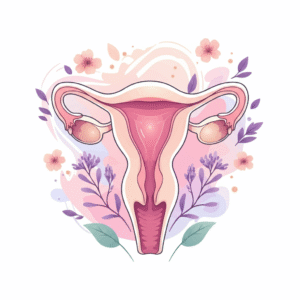
This guide will help identify your cycle, deal with the common symptoms, and become more connected to your body. We’ll look at the different phases that your cycles go through, talk about the most effective methods to treat symptoms, and indicate the signs that it’s an appropriate time to consult an expert.
Decoding Your Menstrual Health and Cycle
Your body’s menstrual cycle is more than your regular period. It’s actually a complicated process that takes place for about 28 days; however, it can vary between 21 and 35 days. The cycle is triggered by hormones that help prepare your body for a possible pregnancy every month. Let’s look at it in the main phases.
Phase 1: The Menstrual Phase (Your Period)
This is the first day of the cycle. It begins when an egg that was fertilized in the previous cycle is not fertilized. Since pregnancy isn’t happening, it is normal for hormone levels to drop. Progesterone and estrogen decrease. The lining of your uterus that was created to aid in pregnancy has been removed. This is why it sheds the vagina. It is also your period.
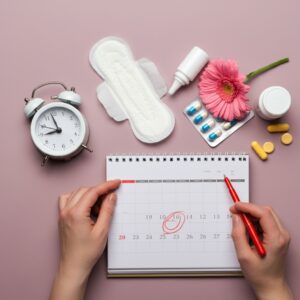
In this stage, it is possible to experience symptoms like bloating, cramps and cramps mood swings, headaches, and so on. This can last from three to seven days.
Phase 2: The Follicular Phase
The follicular stage begins with the day you begin your menstrual cycle; therefore, it overlaps with menstrual cycles and is completed at the time of the point of ovulation. In this period, the pituitary gland of your brain secretes the hormone Follicle Stimulating Hormone (FSH). The hormone stimulates the eggs to create 5 to 20 tiny sacs referred to as Follicles. Each follicle is home to an undeveloped egg.
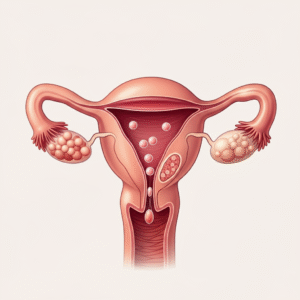
At some point, the follicle in question matures into a dominant egg. The maturing follicle causes an increase in estrogen, which thickens the lining of the uterus. This creates an environment rich in nutrients that allows the embryo to develop.
Phase 3: Ovulation
In the case of rising estrogen levels, it triggers the pituitary gland to release the Luteinizing Hormone (LH). This triggers the process of Ovulation. Ovulation occurs when the female ovary releases mature eggs. The egg is released through the fallopian tube to the uterus, where it is fertilized by the sperm.
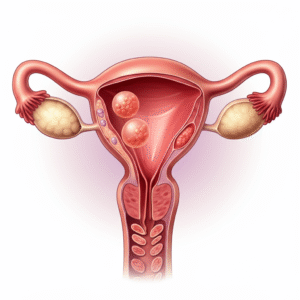
Ovulation is usually seen at around the 14th day of the 28-day cycle. This is the only time of your cycle when you could become pregnant. There are signs that you may notice, such as a slight rise in body temperature, and changes to cervical mucus which gets clearer and more slippery, much like egg whites.
Phase 4: The Luteal Phase
When the follicle sheds eggs, the follicle transforms into the corpus luteum. The structure releases hormones, including estrogen and progesterone. The increase in these hormones makes the lining of your uterus healthy and ready for a fertilized egg to be implanted.
If you do become pregnant, the body will release human chorionic gonadotropin (hCG), a hormone that is found during pregnancy testing. This assists in maintaining the corpus luteum as well as keeping the uterine lining strong.
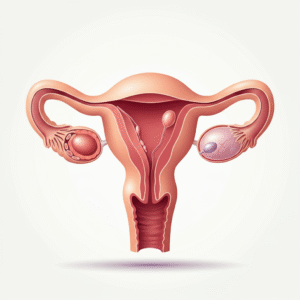
If no pregnancy occurs, then the corpus luteum shrinks and is absorbed. This results in lower levels of progesterone and estrogen, which triggers the start of your period as well as the beginning of the next cycle. It is also the time when premenstrual syndrome (PMS) symptoms usually kick in.
Managing Common Menstrual Symptoms
The symptoms of menstrual cramps can be a challenge. There are many methods to get relief. It’s all about finding out the best solution for your body and you.

Tackling Cramps and Pain
Dysmenorrhea or menstrual cramps are caused by prostaglandins, chemicals that cause the uterus to let go of its lining. For moderate to mild cramps, test a variety of methods.
- Heating therapy: Applying a heating pad or hot water bottle to the lower abdomen can relax your muscles of the uterus and ease cramps. A bath in warm water can be very relaxing.
- Training: It might be your least favorite thing to do. like doing, but gentle exercises like yoga, walking, or stretching can improve blood flow and decrease pain.
- Pain Relief: Over-the-counter pain alleviators such as naproxen and ibuprofen are extremely efficient. They function by blocking the production of prostaglandins.
Easing Bloating and Mood Swings
Hormonal fluctuations, particularly before your period, may cause bloating, irritability, and mood fluctuations. These are typical PMS symptoms.
- Food Changes: Try to reduce your intake of sugar, salt, and caffeine in the week or two before your period. These can worsen bloating and affect your mood. Instead, focus on whole foods like fruits, vegetables, and whole grains.
- Keep hydrated: Drinking plenty of water may actually reduce bloating and water retention.
- Meditation and relaxation: Meditation exercises and deep breathing exercises, or even doing your best at an activity, can help reduce stress and boost your mood.
When to See a Doctor
While most menstrual issues can be normal for women, some may be a sign of a deeper health problem. It is important to observe the body’s signals and get advice from a doctor when you feel something is off.
It is recommended to consult a medical doctor if you have:
- Irregular Periods: Your cycles suddenly change after being regular or when your cycle is regularly shorter than 21 or longer than 35 days.
- Severe pain: Cramps that are so severe that they affect your daily routine and don’t get better with prescription medicine.
- Heavy bleeding: If you have to change your tampon or pad each hour for a long time in a row, or if you experience clots greater than one-quarter.
- There is no period: When you have missed your period for three months or more, and you are not pregnant.
These signs could be indications of diseases such as Polycystic Ovary Syndrome (PCOS), Endometriosis (PCOS), and uterine fibroids or other health issues that require medical attention.

If you are aware of the rhythm of your menstrual cycles and know how to control their symptoms, you can be in control of your overall health. Your menstrual cycle is a crucial indicator, providing monthly insight into your overall health. Being aware of your body, implementing healthy lifestyles, and knowing when to seek out help are important steps towards a healthier and more comfortable cycle.



